Table of Contents
Quality Service Guarantee Or Painting Free

Get a rental agreement with doorstep delivery

Find the BEST deals and get unbelievable DISCOUNTS directly from builders!

5-Star rated painters, premium paints and services at the BEST PRICES!
Loved what you read? Share it with others!


Submit the Form to Unlock the Best Deals Today
Check Your Eligibility Instantly

Experience The NoBrokerHood Difference!
Set up a demo for the entire community

Tenant Super Relax Plan
Enjoy Hassle-Free Renting
 Full RM + FRM support
Full RM + FRM support Instant alerts & premium filters
Instant alerts & premium filters Rent negotiation & relocation help
Rent negotiation & relocation helpSubmit the Form to Unlock the Best Deals Today
Take a Look at the Different Types of Houses Around the World
Table of Contents
If you travel a lot, you might have noticed the different types of houses in various countries. Asian-style buildings are different compared to, say, their European counterparts. Even within Europe, the styles differ. Now, why does this variation occur? The architecture has evolved with the changing needs of the population. Also, due to the regional climate, traditional beliefs and customs of a particular era, the various types of houses we see today came into existence.
Especially in the ancient days, house structures were solely based on the social positions of people. For example- kings and noblemen used to live in different types of homes. Of course, with time, people's requirements changed, and modern building styles took over. But some medieval house structures are still being used for recreational purposes.
If you are planning to buy a home, you need to know what type of house will suit your requirements. Here's a rundown of various types of houses from across the world.
Quality Service Guarantee Or Painting Free

Get a rental agreement with doorstep delivery

Find the BEST deals and get unbelievable DISCOUNTS directly from builders!

5-Star rated painters, premium paints and services at the BEST PRICES!
What are the Different Types of Houses all around the World?
Now you must be surprised that so many styles of houses exist! Well, there are more. But we will go through some basic structures here. So, what are some models of different types of houses found around the globe?
Townhouse: The Terraced Housing
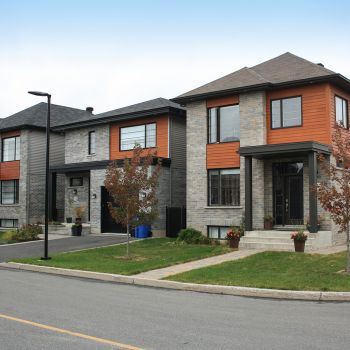
Very sought after in mid-century New York, townhouses were not necessarily for towns only. You can think of them as tall multi-storied row houses with one or two shared walls. In the early 1920s, townhouses often meant lavish designs, ornate entrances and brick exteriors. With the changing time, the definition of a townhouse also got moulded.
The modern townhouses have eclectic styles and are not limited to a particular era of innovation. Though the homes share walls, the residents have full ownership of their interiors and exteriors.
Condominium: Building Structure with Several Units
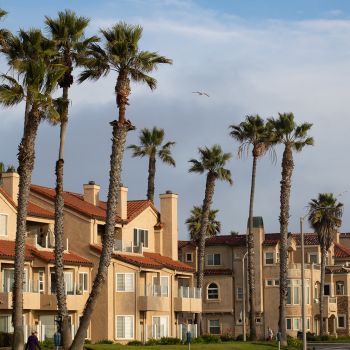
A condominium generally refers to a building consisting of several houses or land with a series of buildings. Every owner is entitled to their house unit. Administrative and maintenance duties are performed by an elected body that is also responsible for making critical decisions. Two-story condo units are called duplex condos, while three-story condos are triplex condos. Each unit is individually owned and considered real property. All residents also share ownership of common areas such as yards, hallways, entrances and other amenities.
Ranch House: Texas-style Barns
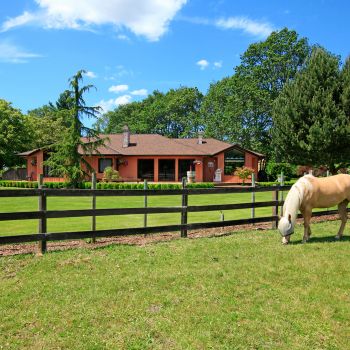
The different types of houses globally are very diverse, both in shape and materials used for their construction. With all the flavour of Texas, American ranches often include various wooden structures (such as barns, stables and houses) and a large plot where you can take the animals and farm. Today many of them have been converted into tourist attractions to experience 100% the "wild west".
The concept of ranch houses stems from the need to make your living space airy and full of sunshine. Many young couples and retirees often prefer lowkey ranch houses for their open and straightforward layouts. Ranch houses usually come with a porch or empty area in the front and are characterised by large windows. This allows maximum air circulation and plenty of Vitamin D! So, a ranch house can sometimes be small, but they also come with many added benefits.
Cottage: Small Country House
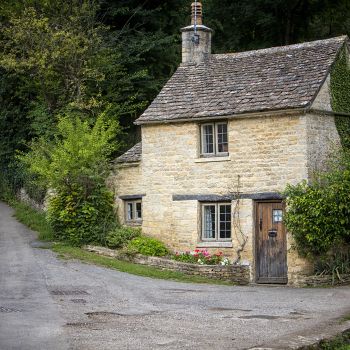
The term cottage originated in England. Nowadays, cottages are usually referred to as vacation homes. However, initially, cottages meant tiny dwellings with thatched roofs and thick walls. They usually had a single room. A lot of influential people own luxurious cottages nowadays for relaxation purposes. However, these are a far cry from the traditional English cottages.
Chateau: Country House of Nobility
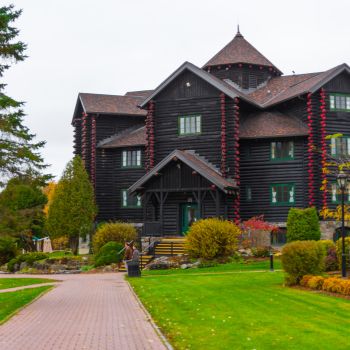
The word "chateau" is derived from French and means a castle or a private place. Large country or manor houses were turned into secluded vacation spots for the Lord of the Manor, French noblemen and elites. If you visit Europe, you will come across such chateaux both in France and elsewhere. Traditionally a lot of chateaux were given names derived from local wines.
Chalet: Small Cabin House
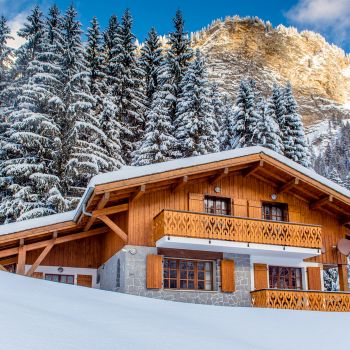
These types of houses are primarily found in the mountainous regions of Europe, which is home to thousands of shepherds and goat herders. They are easily characterised by steep roof pitches that hang over the sturdy exterior walls. They are designed this way to withstand harsh winters when snowfall is a common occurrence.
Due to the steep nature, snow does not get stuck on the roof and easily glides down. Otherwise, too much snow build-up can collapse the house. Traditionally chalets are built from wood- both interiors and exteriors. This typical Nordic style house blends into nature and gives off a rustic vibe. Nowadays, you can spot chalets as vacation houses for hikers.
The Victorian-style House: Series of Architectural Revival Styles
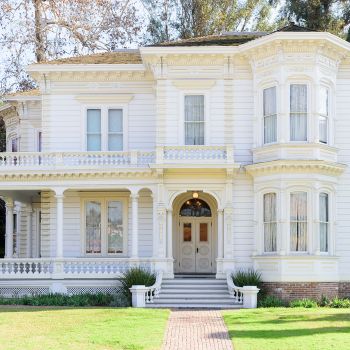
Named after Queen Victoria, these houses were once the status symbol for the wealthy of England. They are known for their gingerbread-style exteriors, domes, and lush interiors, including velvet drapings and ornate furnishings. Victorian houses bear the stamp of Neo-classical influence and are easily identifiable even to this day. Many traditional Victorian homes used bright sports facades. For that reason, these houses had a nickname- Painted Ladies!!
Trullo: The Ephemeral Beauty in Stone
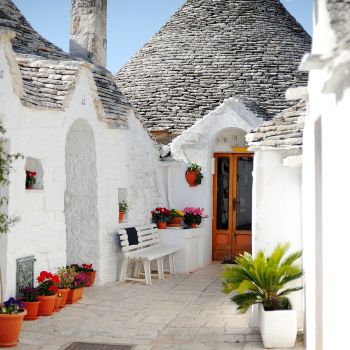
Alberobello, a small Italian town, has these beautiful buildings with conical roofs made of stone. Its walls are made of masonry without mortar, only with dry stone. These curious dwellings were carried out this way so that the realisation was quick and easy. So is their demolition.
In the past, when the controls arrived, they were warned from one side of the town to the other through smoke signals to tear down the houses and thus avoid paying taxes for them. Today, trullos don't collapse that easily. Well, because of them, the town has been declared a World Heritage Site.
Manor House: Administrative Centre of a Manor
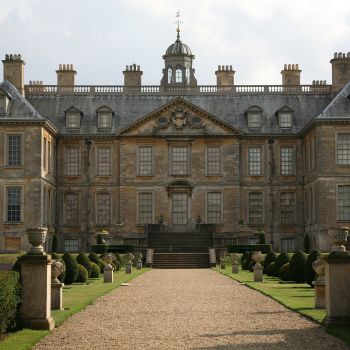
What happens when you lend an English touch to the traditional French chateau? It becomes a manor house. When we consider the history of manor homes, we can see that they have outstanding backgrounds and bloodlines. During the mediaeval era, they were intended for local rulers and landowners. Traditional manor houses were often huge to accommodate family members and servants all under one roof.
Neoclassical House: Architectural Style of the Neoclassical Movement
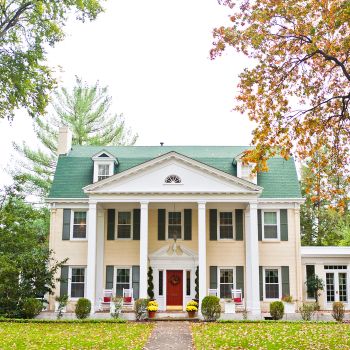
These types of houses are characterised by symmetrical designs and possess an overall balanced look. An equal number of evenly spaced windows lie on either side of tall Doric style columns. All windows had decorative shutters. These houses are made from brick right from the foundation to the roof. They also have grand entrances. A modern-day example of a Neo-classical building will be the US Supreme Court.
Spanish House: The CASA
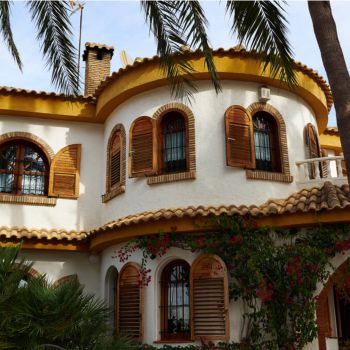
Roman, Iberian and Mediterranean style combinations heavily influence Spanish architecture. This style first originated in Cordoba and has many variations, no matter the size of the home.
Spanish architecture can be roughly divided into two broad categories, Spanish Revival and Colonial architecture. Revival houses have classic stucco walls and red-tiled roofs. The porches usually remain covered. Windows are triple-arched and have ornamental embellishments. On the other hand, Spanish colonial houses are made of local building materials like adobe clay. Baroque-style trims, flat roofs and a lot of Native American influences were seen in these houses.
Greek Colonial House: Symmetrical White Painted Styles
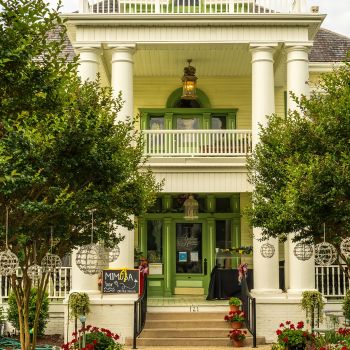
Have you seen the movie "Gone with the wind"? If yes, you might have already seen a pure white Greek colonial-style house. For others, let's take a look at this unique architecture. The first thing you notice in a Greek-style home is the presence of multiple columns. Horizontal transoms, typical Greek mouldings and a classic pediment are the striking features.
French Provincial House: Grand Elegance
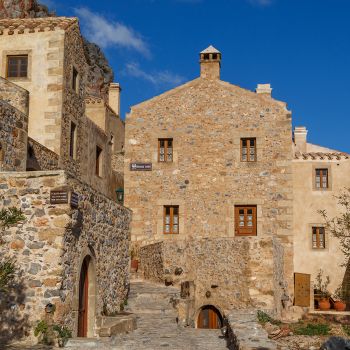
French architects designed these houses. The commoners were attracted by sizeable English manor houses but could not afford them due to their hefty price tags. As a result, today's French provincial homes are known for their elegant and simplistic designs. Constructed from bricks, these homes have steep slate roofs, balustrade-embellished porches and symmetrical lines. In short, the French provincial style is a less ornate and simplistic approach to English manor houses.
Tiny Home: Hut Style Houses from Around the World
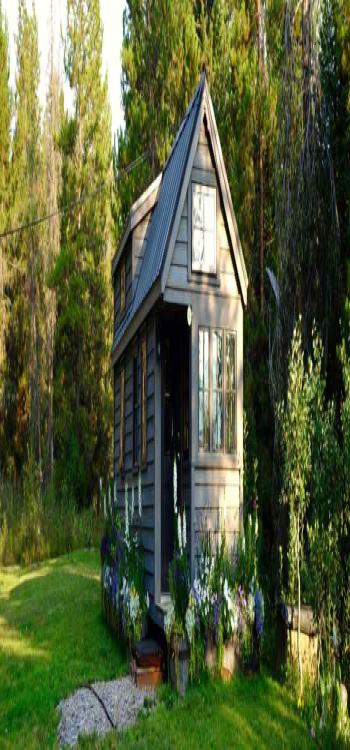
Adding a new flavour to the types of traditional houses in India, tiny homes are in-trend these days. These tiny homes construct models of different types of houses that have all basic functional amenities. Similar to the roundhouse design in India, Rundavels—rounded, single-cell huts—are popular in South Africa because they may be made with natural, locally produced materials. Rondavels, like igloos, were traditionally employed as temporary hunting shelters.
Similarly, communities of stilt houses can be found in Southeast Asia, where heavy rain is common. These homes are built on planks to safeguard the residents and their belongings from flooding. They're also built to sit just high enough to keep intruding vermin, such as snakes and insects, at bay. Furthermore, their roofs are inclined to allow rainfall to flow down freely without damaging the house.
Though stilt houses are most commonly found in Southeast Asia nowadays, they can also be found in parts of the Western Hemisphere where dwellings have been damaged by hurricanes. Indigenous tribes of the Americas are supposed to have been the first to use this form of dwelling (in the west).
Dachas: Russian Summer Residence
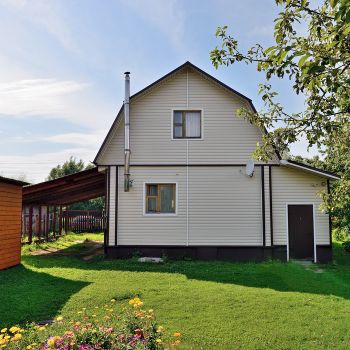
These are some of the typical houses that became very fashionable in the 19th century in Russia among the middle class as a summer residents. Today dachas are used as a hobby for many people. The attention that these wooden cabins and their gardens need can be very relaxing for those who want to escape from the hustle and bustle of the city.
Castle: A Sizeable Fortified Building
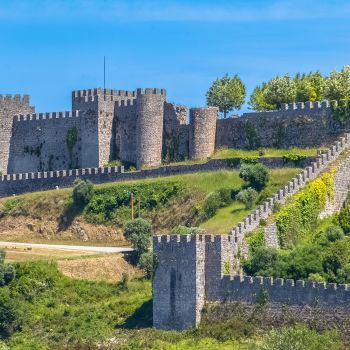
Castles hold great importance historically. Touring castles is a dream for many travellers across the world. These castles were built to house essential members of the vulnerable society and faced threats of attacks and invasions. Most medieval castles have forts around them, telling you that these castles were also used to defend themselves. These houses often had thick walls and small windows. Some courts are still inhabited by original owners' descendants, while others have been opened to the public for educational and recreational purposes.
Palace: Grand Royal Residence
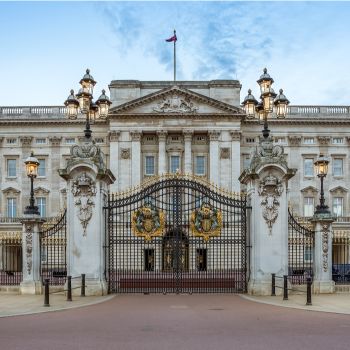
These were the official residences of the royal families. A lot of royal families still live in certain places like Buckingham Palace. They were usually massive and built from strong and long-lasting materials like brick or stone.
The Craftsman House: American Architectural Tradition
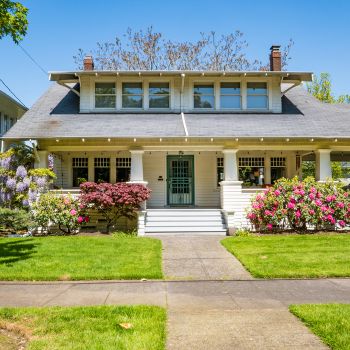
You can call this style a by-product of America's arts and crafts traditions. Roomy dormers, shingles, wooden structures, open front porches and low rooflines with overhanging eaves are commonly found in these kinds of houses. In addition, the abundance of glass windows, doors and decorative panels make the house seam easily into the surrounding nature.
Palapas: Palm Roofs Facing the Sea
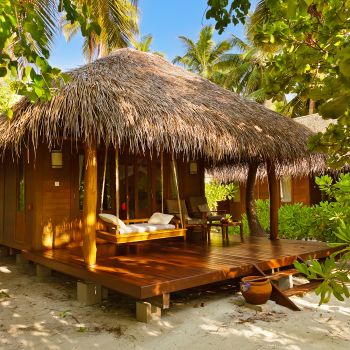
With very little indoor space, palapas are widely used constructions in the Philippines, where the heat prevails most of the year. The dry palm roofs are perfect for casting shadows on the large terraces and creating a kind of the intermediate point of lower temperature for the air that enters the rooms.
The palapas have become a tourist attraction over time. Who does not like to be under a palm roof facing the sea, right?
Today, many of these residences have been retrofitted to become small paradisiacal-style hotels close to the beach. These places are a delight for tourists; they can spend a few days in a traditional house in the area in addition to enjoying the natural space.
Hanok: Korean Tile and Wood
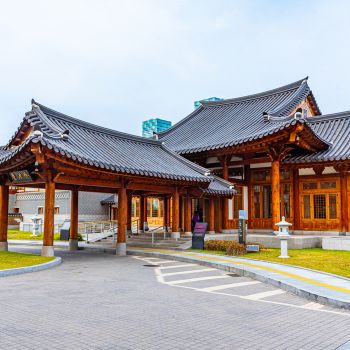
These types of houses are primarily found in Korea. They are made mainly with tile and wood, and in many cases, they are composed of different interconnected buildings. One of its most significant characteristics is its form of heating, known as ondol. It is a formula to heat the ground, which is why in these dwellings, you eat, sleep and live very close to it.
Asian Inspired House: The Charm of the Landscape
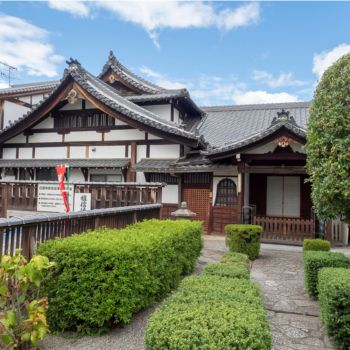
Korean Hanok style roofs to Japanese open zen style layouts- Asian-inspired designer homes are trending nowadays. The options are endless, and there is no single answer since Asian architecture is also quite diverse.
Palafitos: Overwater Bungalows
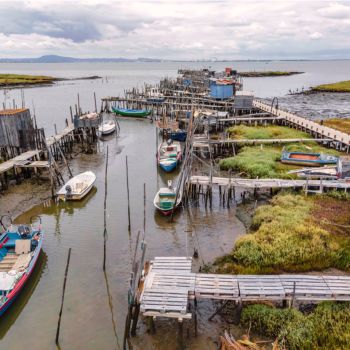
Indeed, you have in mind the typical coloured houses placed on wooden pillars on the shores of a lake. And, most of these images will be, sure, about buildings in Peru, Chile or Argentina (although they can also be seen in other areas).
The waters on which these homes rise is generally very calm, of course. But, in addition, for the most part, they are homes of people whose way of life is closely linked to the WATER, like fishers, boat carriers, and more.
Ruca: Reed and Natural Materials
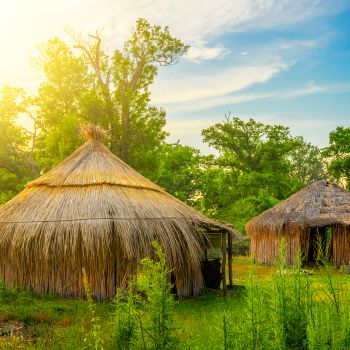
The ruca is the typical dwelling of the Mapuche tribe, who live between Argentina and Chile. Although they are made with natural materials from the area, the houses are quite spacious (120-140 square meters). Moreover, considering that many have a roof made of jonquil, the surfaces are pretty generous.
These curious houses only have one entrance door (which is the only opening in the place), and it always has to be facing east. Formerly, to build a Ruca, it was necessary to ask permission from a spirit called Ngen-mapu. Imagine what a chore it would be if he said no! Well, he didn't. Hence Ruca is still on the list of our types of homes around the world.
Now, let's move on to some modern designs used for constructing different types of houses in India.
.
Different Types of Houses with Names in India
Apartment
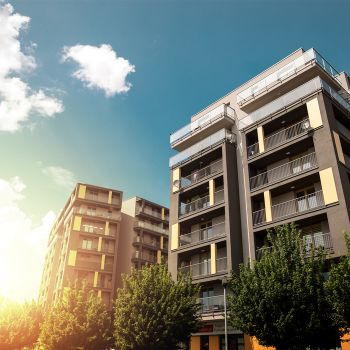
They made their first entrance into the Paris real estate scene in the early 1800s. These high-rise buildings are spatially compact and are perfect for fast-growing cities. These close housing structures highly influenced American and British travellers, and soon apartments became prevalent in New York and elsewhere.
Bungalow
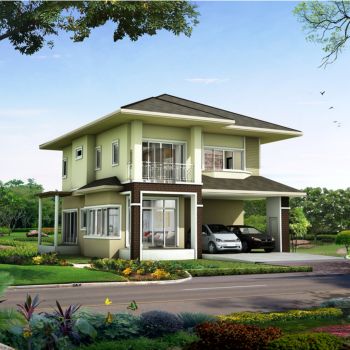
Square shaped single-storeyed houses are typically known as bungalows. A large front porch also characterises them. Several steps lead up to the patio. These houses aren't typical in the US but in India and South Asian countries, owning a bungalow is a status symbol.
There are different types of bungalows seen around the world and in India. The four most common types are as follows:
- The California style with stucco and wood
- Chicago brick-built bungalow
- Mission-style bungalow with overhanging eaves
- Prairie-style bungalow with contrasting wall materials
Penthouse
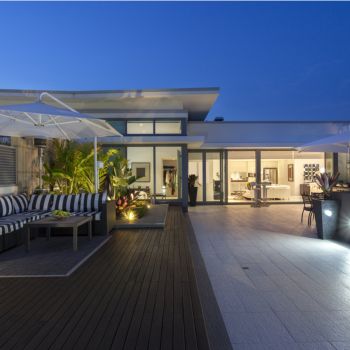
These are luxurious housings atop multi-storeyed buildings. They can be ten storeys or fifty - it doesn't matter! Penthouses are a status symbol for the wealthy and influential these days. They can be very expensive.
The Modern House
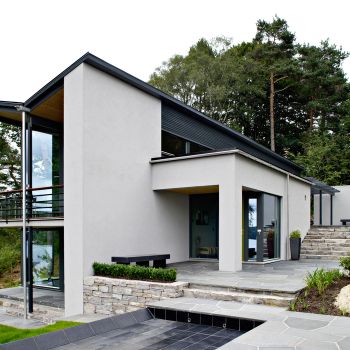
Though they first originated in the 1950s, modern homes nowadays are very different from that era. These houses had horizontal exteriors, lots of glass and an overall asymmetrical structure. Most modern homes are sleek and straightforward, with a no-frills cover. Made from organic materials, these houses have gradually become expansive.
Farmhouse
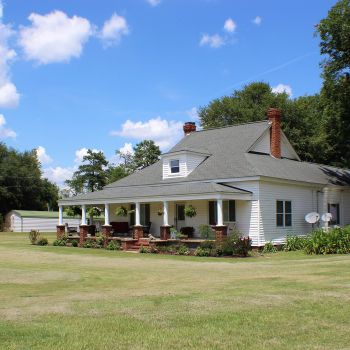
Farmhouses originated in America but achieved a distinct style in the Midwest. Farming being a principal occupation of most people in this country gives space for many farmhouses in the English countryside. Farmhouses can be single or double-storeyed with thick walls to protect them from the harsh Midwestern winters.
Kutcha House
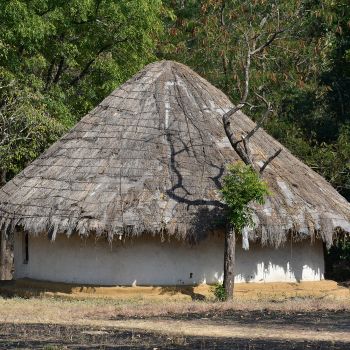
These types of houses are indigenous to rural India. These are huts made up of wood, straw, mud and thatched leaves. These kutcha houses can always be enthused wherever you like. Enchanting designs are made on the exterior mud walls giving these houses a simplistic yet beautiful look.
Mobile Homes
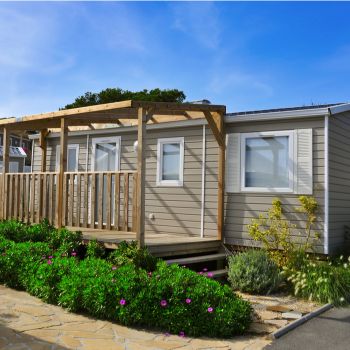
They are square or rectangular structures that can be towed easily. However, they are not meant to be frequently pulled. They are usually constructed in factories from where they are hauled to fixed locations. The best part about these is they are incredibly cheap. You can live in your home while renting out the adjoining lot or park. Some people also prefer living in mobile homes on their property.
Log Cabin
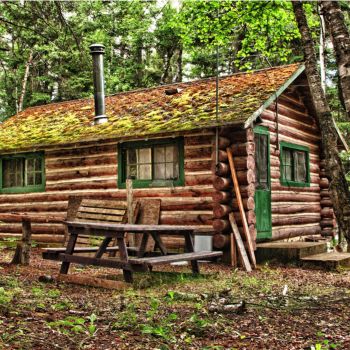
Log cabins are generally made from logs that are notched at the ends. They are laid vertically one upon another. The intermediate spaces are then plastered with filling materials like moss, mortar, mud and manure. They first originated in North America, where early settlers and hunters usually resided. Later these styles of houses spread to other parts of Europe.
Yurt House
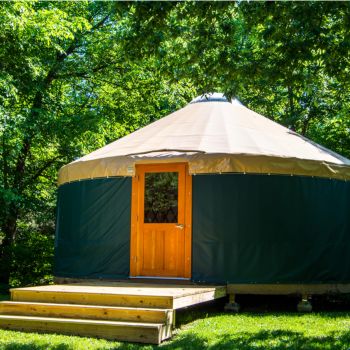
Yurts originated in Mongolia. You can think of them as housing structures without any hefty mortgage. These types of houses can be easily packed up and set in different locations. It is a round structure with walls and roofs made from waterproof fabric. A lot of people these days use yurts as vacation homes.
Small House
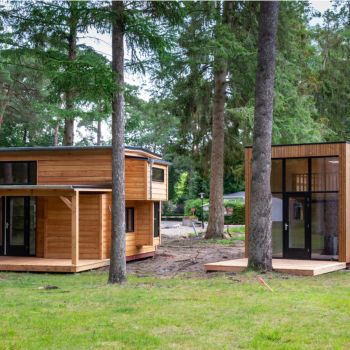
These modern types of houses are small, literally. Spanned anywhere between 100 and 400sqft, these houses can be mobile or stationary. Tiny homes are very much in vogue since people are looking to downsize and avoid heavy mortgages.
The Prairie House
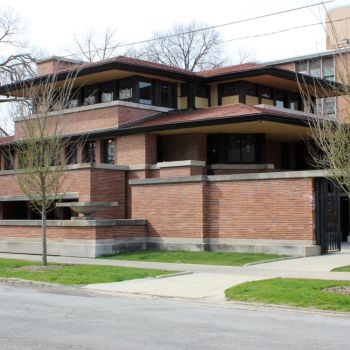
These houses are oriented horizontally rather than vertically. Constructed from organic materials, the primary purpose of these houses was to eliminate the abundance of European architecture and develop America's style of homes. One of the famous Arts and Crafts movement products in the USA, Prairie houses are simplistic and elegant.
Tudor House
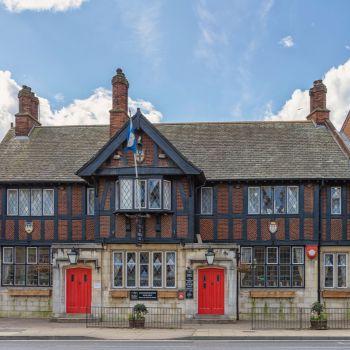
Mainly constructed from bricks, Tudor houses are characterised by their fancy facades, gable roofs and stucco finishes. They were very popular in the 1940s. Other stand-out features include elaborate chimneys and shingled walls.
Rambler
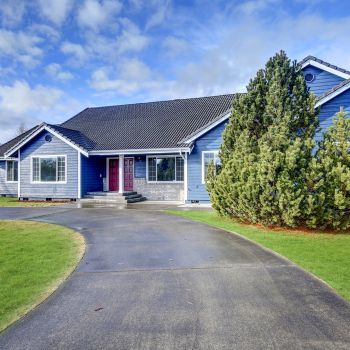
It's similar to a ranch house but specialises for single families. Most rambler homes are single-storeyed with a U or L shaped design. Many of these homes are built on concrete slabs, while others might have basements. Many of them have an attached garage or an exposed patio area.
Dormitory

A residential building that has sleeping quarters for a lot of people at one time is known as a dormitory. Most of the time, dorm rooms do not have amenities. It just has a basic bathroom and maybe a tiny kitchen. In India, you can find them at most medical and engineering colleges.
Single-Family Home
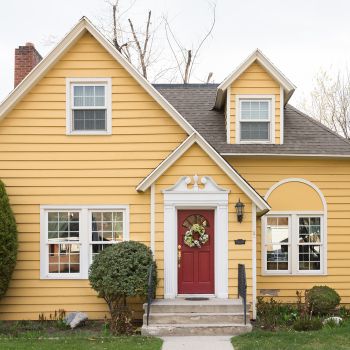
The choice of most Americans, single-family homes are usually detached structures and do not share any wall with other houses. It is built on a unique property.
Multi-Family House
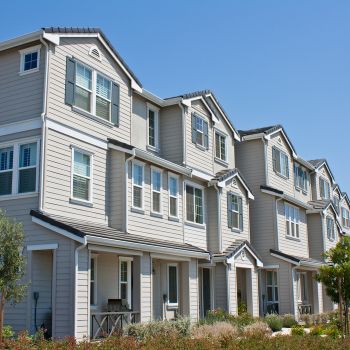
They usually consist of two or more units with separate entrances. However, they do share some common walls, just like townhouse developments.
Basement Suite
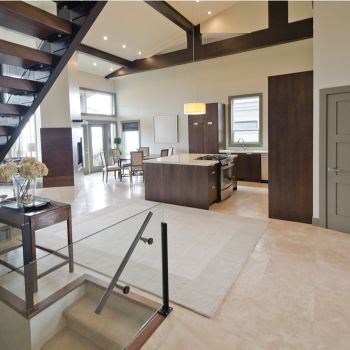
People started to rent out their garages or basements as a small living space as real estate prices began to soar. These suites are part of single-family homes and not a separate entity.
Unseen Images of Different Types of Houses
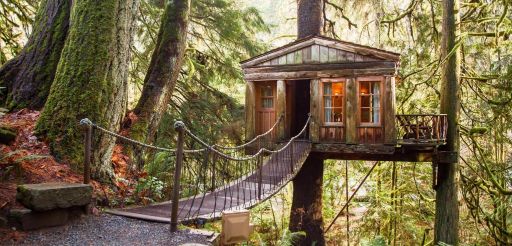
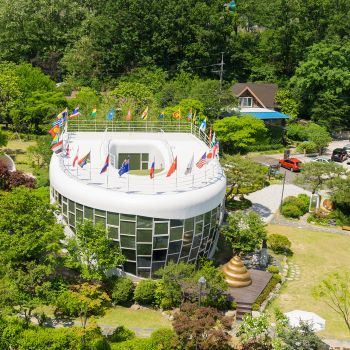
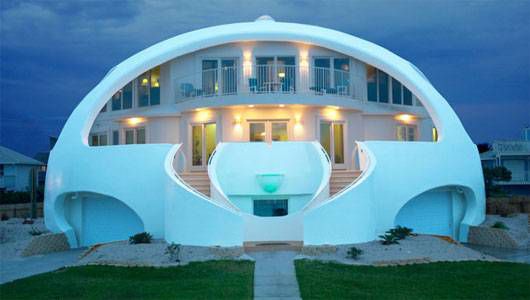
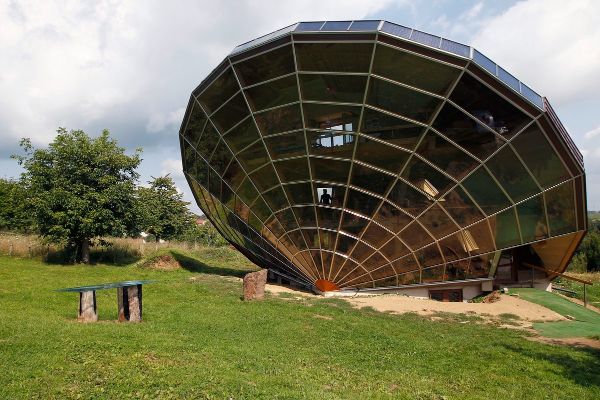
Different types of houses come with their benefits and disadvantages. The key to finding the right home for you is to figure out your requirements. Want to know some places better? Visit our page for more detailed information on certain types of houses. You can also consult real estate experts at NoBroker for advice regarding what to buy. So, which one are you choosing? To Know more Just click below to start your home search.

FAQ's
Ans. There are more than 33 different types of houses available worldwide.
Ans. Kutcha houses, apartments, bungalows, modern homes, penthouses, and farmhouses are different houses in India.
Ans. They have types of buildings ranging from ornate castles and palaces to the more sombre manor houses to the more modern apartments and penthouses.
Yes. well-furnished basement suites are emerging as a cost-effective option for many youngsters.
Ans. Kutcha houses are commonly found in rural India.
Recommended Reading

House Construction Cost: Per Sq Ft Rates, Material Cost and GST Rates in 2025
January 31, 2025
112749+ views
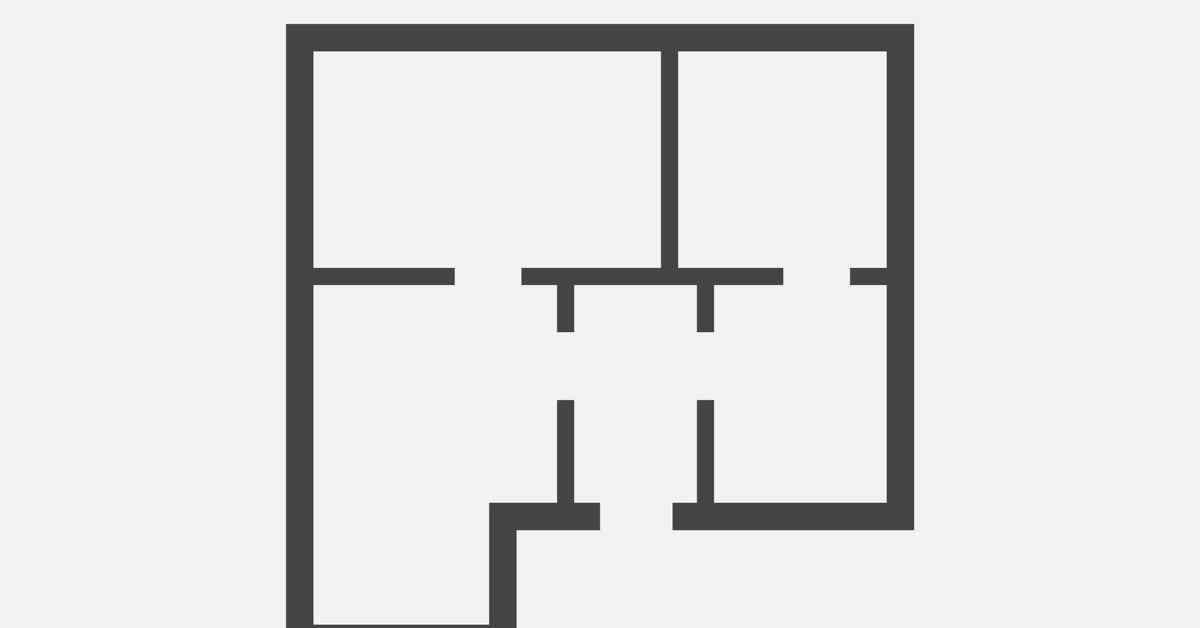
Plinth Area: Meaning, Calculation & Difference from Built-Up, Carpet, Covered and Floor Area
January 31, 2025
95401+ views

5 Lakh Budget House Plans: Materials, Costs, Designing Tips and Government Schemes in 2025
January 31, 2025
78108+ views
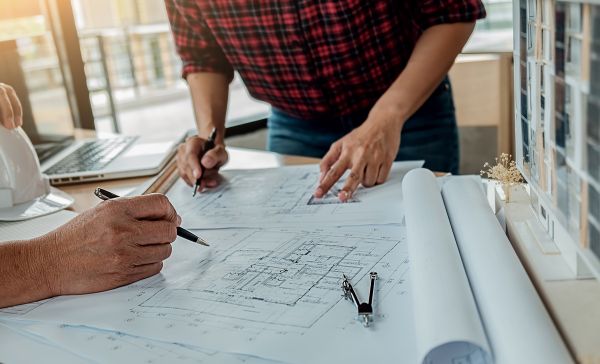
Builder Floors: A Budget-Friendly Path to Your Dream Home
January 31, 2025
56179+ views

Need to Know What Carpet Area Calculation is? Read on to Know All about it
January 31, 2025
54255+ views
Loved what you read? Share it with others!
Most Viewed Articles
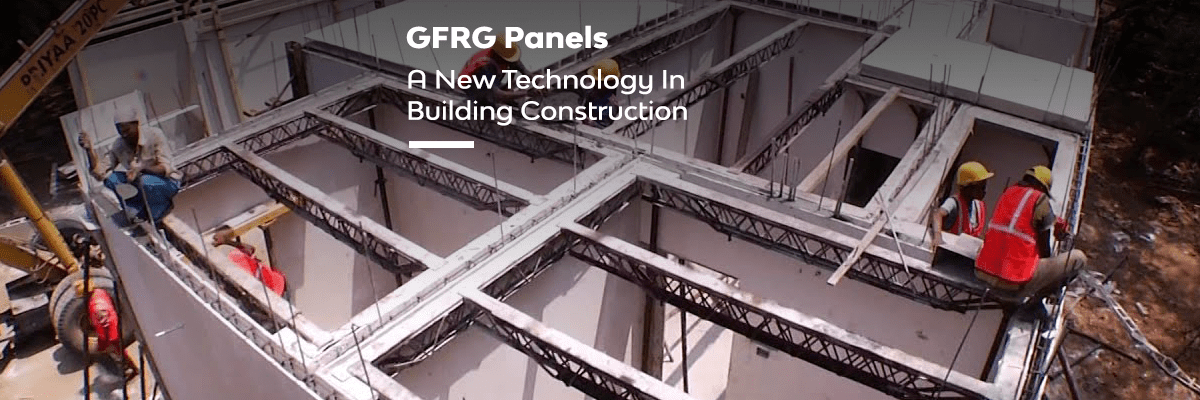
GFRG Panels - A New Technology in Building Construction
January 31, 2025
261920+ views
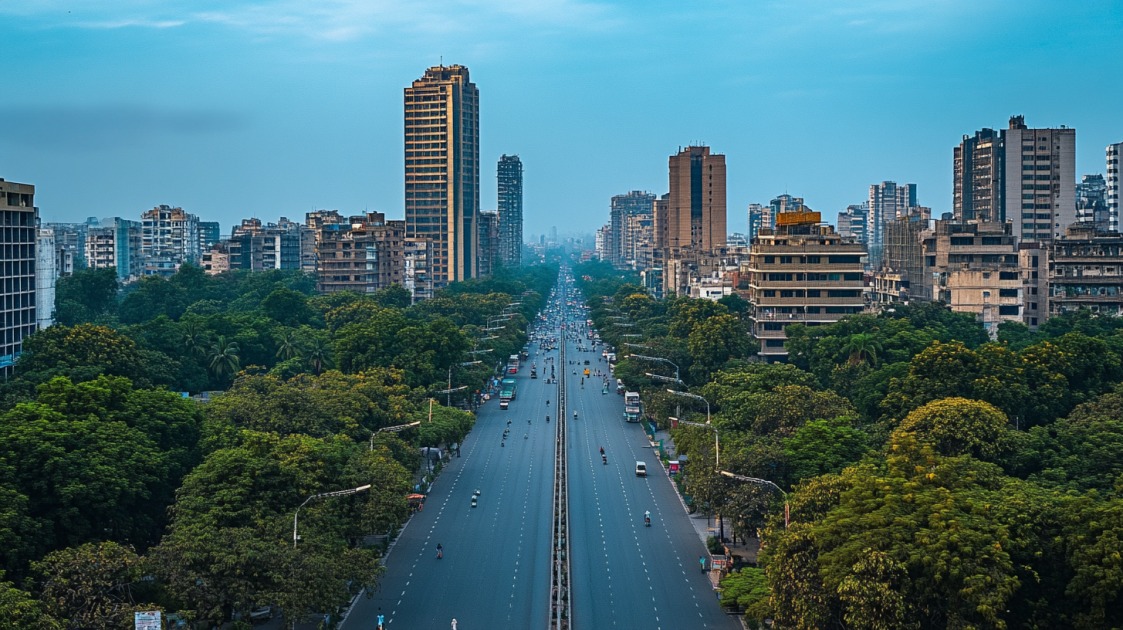
Top Cleanest Cities in India: Swachh Survekshan Top Ranked List
July 25, 2025
217464+ views
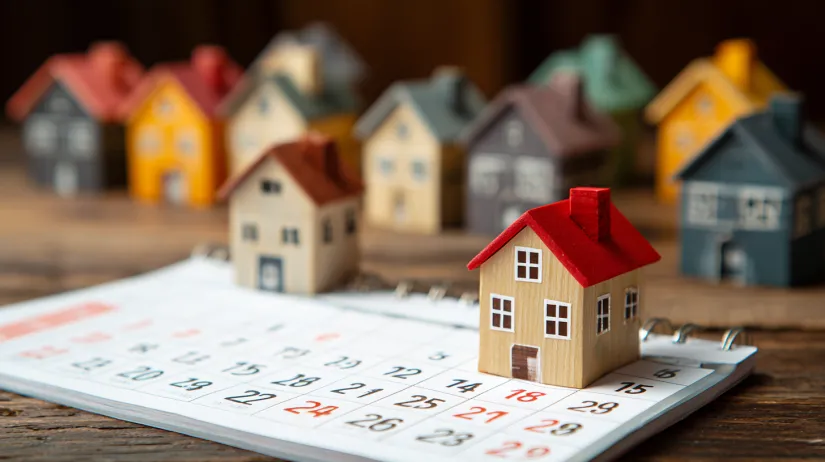
2025 Auspicious Dates and Good Nakshatras for Land and Property Registration
May 21, 2025
191232+ views
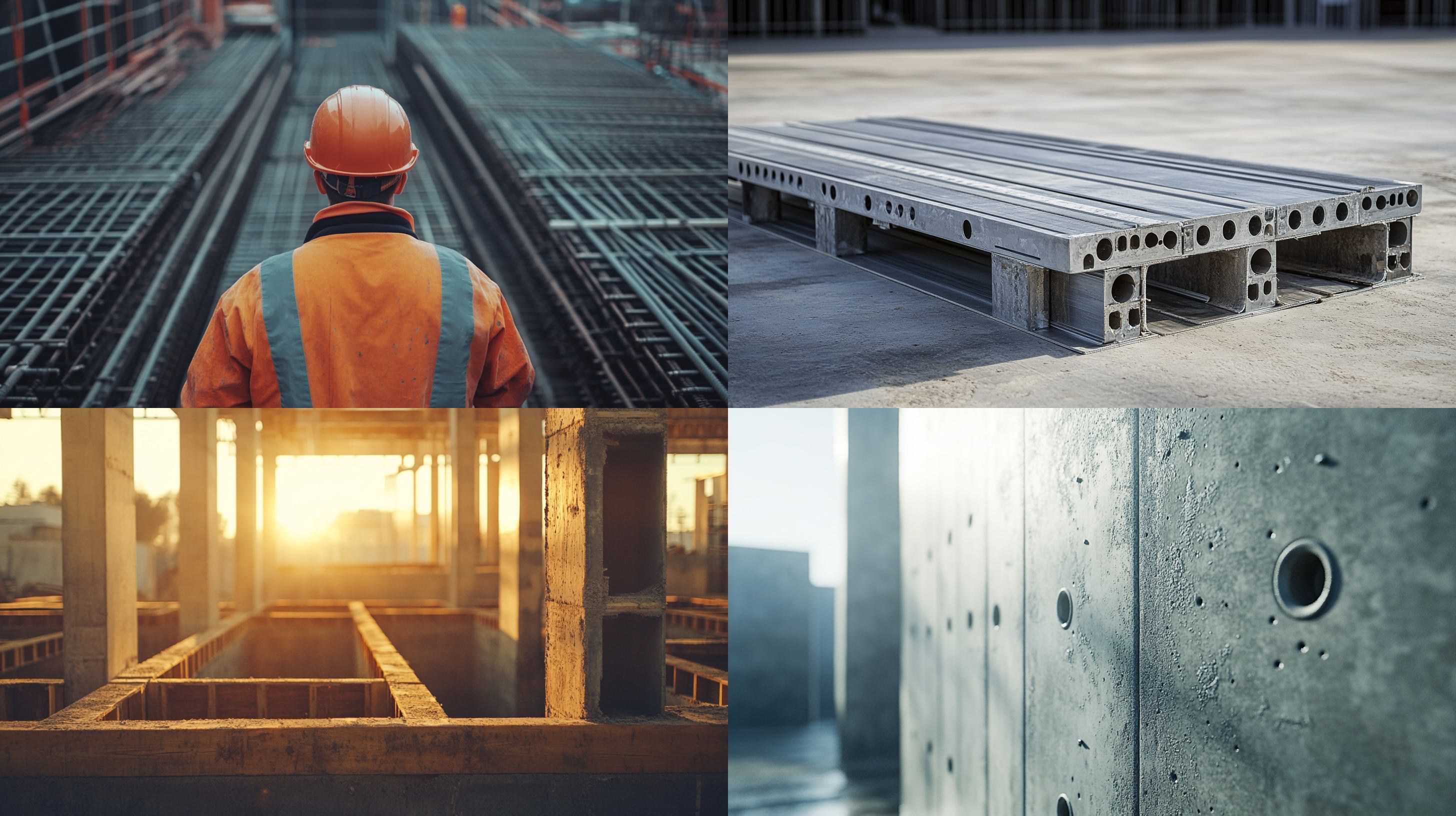
How Mivan Construction Technology Is Transforming the Art of Building!
January 31, 2025
171924+ views

CIDCO Lottery 2025: Apply for Affordable Homes in Navi Mumbai
April 30, 2025
119760+ views
Recent blogs in
Top Residential Projects In Bangalore: Luxury , Affordable & Upcoming Launches in 2026
December 24, 2025 by Kruthi
Top Residential Projects in Delhi NCR: Luxury, Affordable, and Upcoming Developments in 2026
December 24, 2025 by Krishnanunni H M
How To Invest In Real Estate: 6 Proven Investment Options in India (2026)
December 17, 2025 by Ananth








Join the conversation!